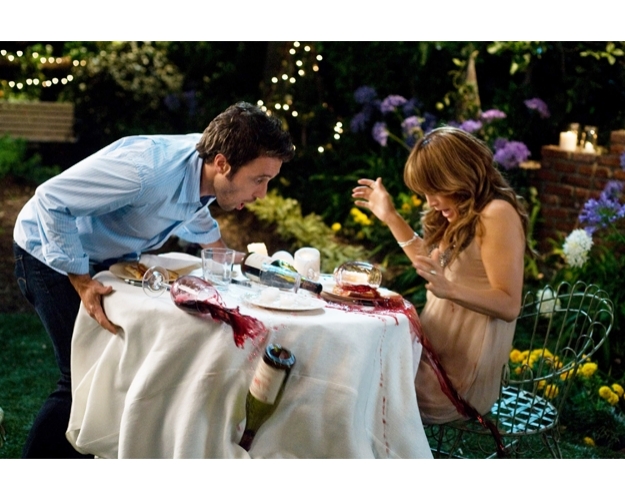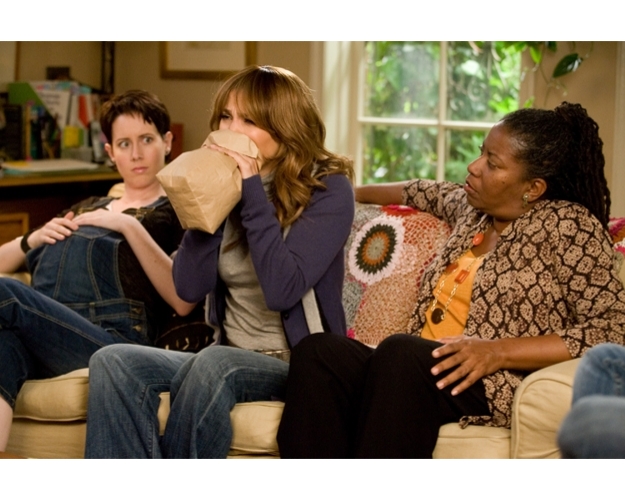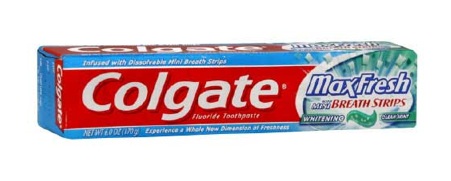
Since Today is Earth Day, I’ve decided to kick things off with an easy way for you WIVES to switch to Eco Friendly and Organic or All Natural Products.
Is your Oral Hygiene Green? Photographed above is an ordinary toothpaste brand you would find in any household. Toothpaste is a controversial issue because of two ingredients that some say are harmful: Sodium Laurel Sulfate (SLS) and Fluoride. SLS is a foaming agent that is derived from coconut oil, It is used in brake fluid and anti freeze and also in a huge variety if skin care products, including toothpaste, shampoo, bubble bath and soap. It is not only a proven skin irritant but also known to be a carcinogenic. SLS is also linked to causing canker sores. Also floating around in that little tube of toothpaste is Hydrated Silica, Lead is a neurotoxin and a naturally occurring contaminant of Hydrated Silica. And chances are if your brushing with blue colored toothpaste that it has FD&C Blue, which is Coal Tar based dye.
Below is a great alternative and all natural toothpaste by Toms of Maine. Lets start with the packaging, All products are packed in environmentally sustainable post consumer recycled paper board and are printed with vegetable based inks. All plastics used by the company can be recycled (#5 polypropylene) and or packaged with biodegradable cellulose. Tom’s of Maine offers a variety of Toothpaste for everyone. Weather your looking for a fluoride free toothpaste or an SLS Free toothpaste, They’ve got what your looking for. They believe and use sustainable farming, absolutely no testing on animals and reject anything artificial. Best of all Toms of Maine is available at all Pharmacies, Target, and Whole Foods and costs the same as any other regular toothpaste. Why wouldn’t you switch! – THE WIFE
*And the easiest way to be environmentally kind is to turn off the faucet while your brushing!
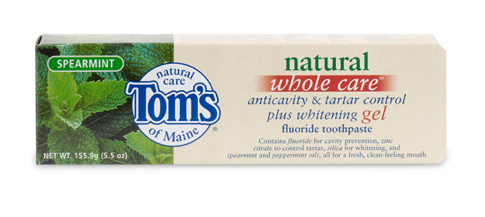 www.TomsofMaine.Com
www.TomsofMaine.Com
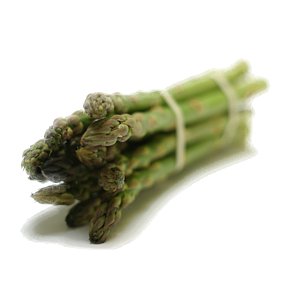
Organic: What it means on different products
You see the word more and more, but what does it say about what it’s on? Here are tips for fruits and vegetables, dairy and meat, cosmetics, processed foods and cotton and coffee. By Julie Deardorff
Some consumers are more than willing to pay higher prices for organically grown food and other products. But is the extra dollar worth it? The answer may depend upon personal priorities.
By definition, organically grown foods are produced without most conventional pesticides, fertilizers made with synthetic ingredients or sewage sludge. Livestock aren’t given antibiotics or growth hormones. And organic farmers emphasize renewable resources and conservation of soil and water.
The U.S. Department of Agriculture, which runs the National Organic Program, says organic is a “production philosophy,” adding that an organic label does not imply a product is superior. Moreover, some nutrition experts say, there’s no need to eat organic to be healthy: Simply choose less processed food and more fruits and vegetables.
To compare the nutrient density of organically and conventionally grown grapes, researchers would have to have matched pairs of fields, including using the same soil, the same irrigation system, the same level of nitrogen fertilizer and the same stage of ripeness at harvest, acknowledged Charles Benbrook, chief scientist at the Organic Center, a pro-organics research institution.
Last summer, the American Journal of Clinical Nutrition published a comprehensive review concluding that organic and conventional food had comparable nutrient levels.
The study outraged some members of the organic community, who criticized the study for not addressing pesticide residues, a major reason people choose organic. Nor did the study address the effect of farming practices on the environment and personal health.
Maria Rodale, a third-generation advocate for organic farming, urges consumers to look beyond nutrition to the chemicals going into our soil, our food and our bodies. “What we do to our environment, we are also doing to ourselves,” said Rodale, chairwoman and chief executive of Rodale Inc., which publishes health and wellness content.
Here’s a closer look at some of the factors that may influence your decision whether to buy organic products.
Fruits and vegetables
Farmers using conventional practices treat crops with pesticides that protect them from mold, insects and disease but can leave residues. Organic fruits and vegetables have less pesticide residue and lower nitrate levels than do conventional fruits and vegetables, according to a 1996 scientific summary report by the Institute of Food Technologists.
The bottom line: Pesticide residue poses little risk to most consumers, health experts say. But fetuses and children are more vulnerable to the effects of synthetic chemicals, which can be toxic to the brain and nervous system, said Dr. Philip Landrigan, director of the Children’s Environmental Health Center at the Mount Sinai School of Medicine in New York City.
The Environmental Working Group, a public health advocacy organization, recommends buying organically grown peaches, apples, bell peppers, celery, nectarines, strawberries, cherries, kale, lettuce, imported grapes and pears because conventionally grown versions are the most heavily sprayed. Onions, avocados, sweet corn and pineapples have some of the lowest levels of pesticides.
As for nutrition, one French study found that, in some cases, organic plant products have more minerals such as iron and magnesium and more antioxidant polyphenols. But although mounting evidence suggests that soil rich in organic matter produces more nutritious food, “we are never going to be able to say organic is always more nutrient dense; that’s going beyond the science,” said Benbrook of the Organic Center.
Continue reading →
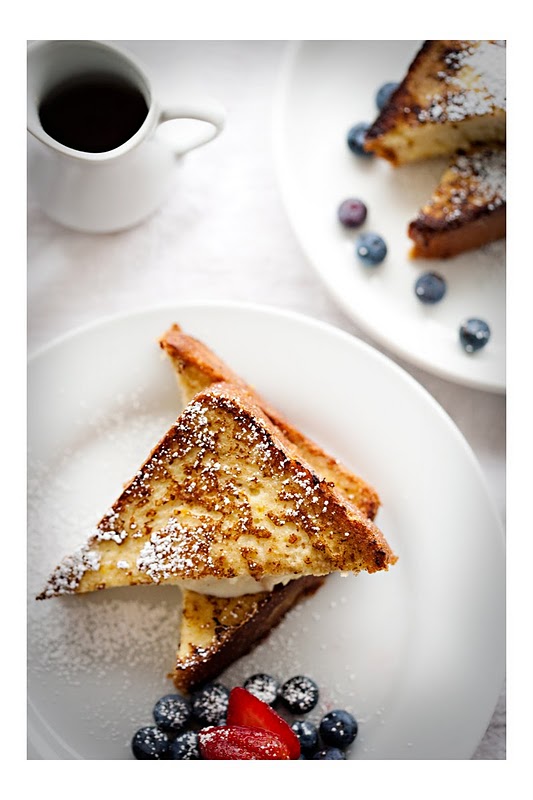
Brioche french Toast, stuffed with Marscapone and Marmalade
For batter:
- 1 cup crème fraiche or sour cream
- 2 cups milk
- 6 eggs
- 1 oz brandy or…
- 2 TSP vanilla
- ½ cup sugar
- 2 tsp salt
- Orange or lemon zest
- Nutmeg
For toast:
- 6 slices bread 1” thick, with pocket cut from small hole on one side
- 6 oz mascarpone
- 8 oz marmalade
Combine all ingredients and whisk together until well-combined.
With jam and cheese in piping bags, fill each piece of bread, being careful to not over-fill, and keeping the ingredients within the pocket and away from the opening.
Dip each slice in batter and allow to soak thoroughly, then drain well.
On a hot griddle, begin by searing the opening, ensuring that it has cooked shut before continuing to cook until golden brown on both sides. Serve immediately.
*If you have a difficult time finding brioche bread. You can special order it at Bristol Farms Grocery Store in the Bakery Department.
Recipe courtesy of Marcey Brownstein Catering and Sunday Suppers
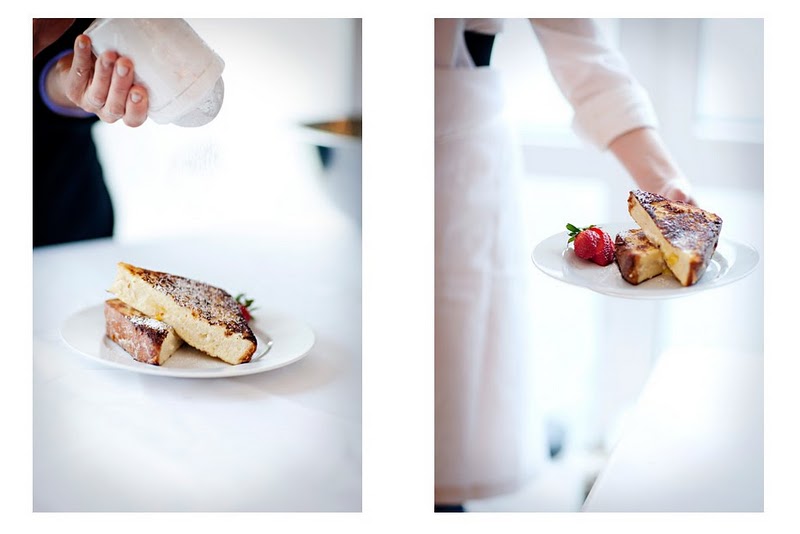
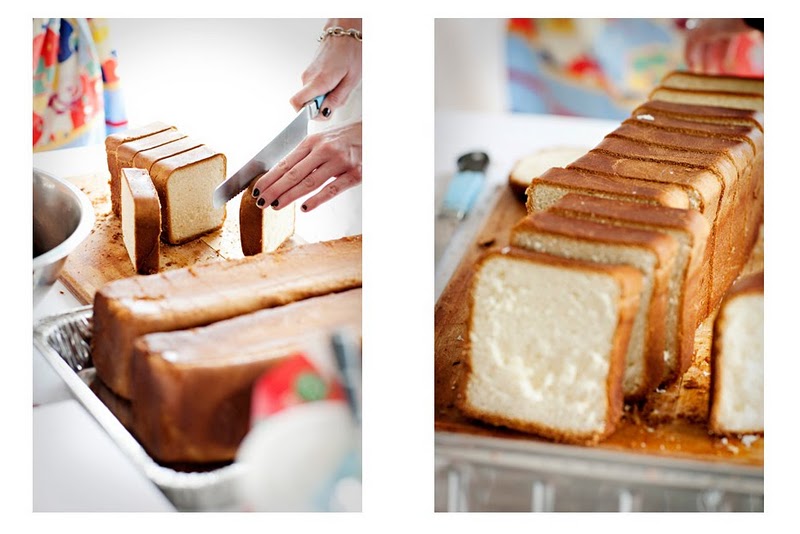
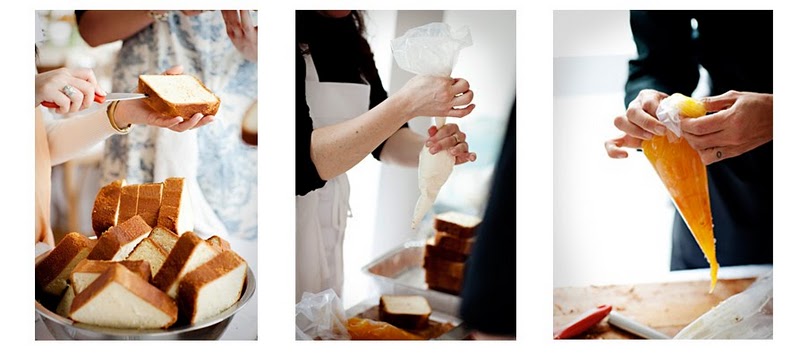

Last Monday, in honor of the celebrated Gossip Girl Monday, I had friend Nicole over for dinner. Lucky me when she showed up with my newly discovered favorite cupcakes! I’ve never really been much of a cupcake girl… I not one to turn them down, but would never go out of my way to go get one. But these Chocolate decadent wonders are another story. They taste and have the consistency of real homemade cupcakes with gooey frosting. And another delightful surprise….There’s even chocolate chips in the cupcake batter! These delicious treats can be found at Froma on Melrose. They only sell chocolate chocolate chip cupcakes with chocolate or vanilla frosting. Vanilla Cupcakes are available for special order. $3.50 Each.
Froma on Melrose
7960 Melrose Avenue
Los Angeles, California
9 0 0 4 6
323 653 3700
 www.TomsofMaine.Com
www.TomsofMaine.Com








